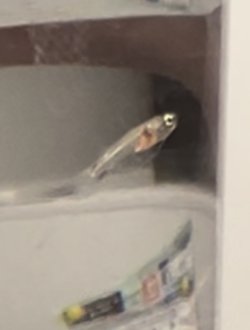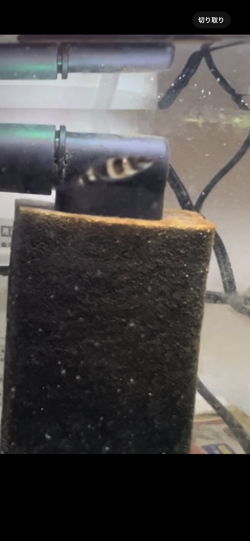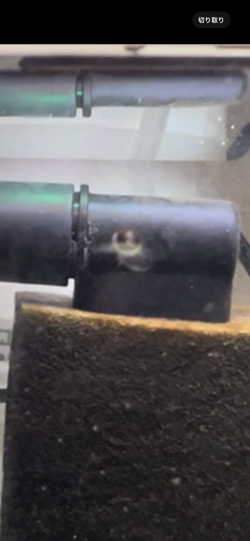confused_aquarist
Fish Fanatic
Hi, I have a killifish fry that looks like below born with a big air bubble above a bloody patch on its side. For weeks it lay under the bottom of the tank sideways so I isolated in a paper cup and to my surprise grew up just fine in it. The picture was taken at 1 month old and since then it started swimming near surface but only vertically and its growth is much slower than other fish. It’s at 3 month old now, has normal appetite, can breed, and still has the air bubble protruding from under skin and still swims vertically for the most part.
In the picture though with bad quality you could still see hemorrhage (dark red patch) in the muscle/somewhere under the skin/on one of the internal organs, and actually an air bubble is protruding from where the hemorrhage is. I’m wondering what is going on or if anyone has experienced anything similar. Not sure if I should isolate this individual if infectious.
In the picture though with bad quality you could still see hemorrhage (dark red patch) in the muscle/somewhere under the skin/on one of the internal organs, and actually an air bubble is protruding from where the hemorrhage is. I’m wondering what is going on or if anyone has experienced anything similar. Not sure if I should isolate this individual if infectious.




